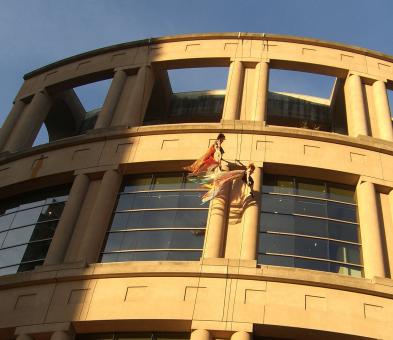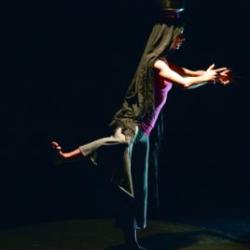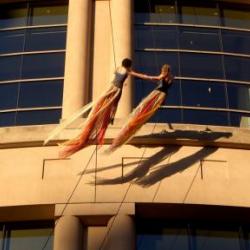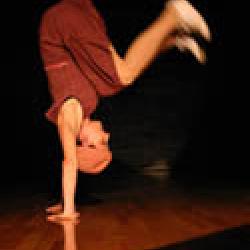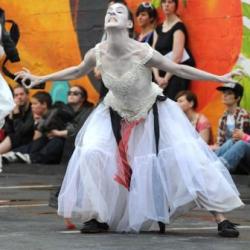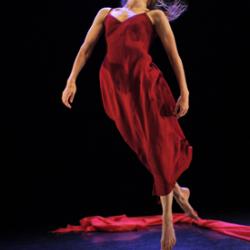Dancing on the Edge – landscape and generous space
The Dancing on the Edge Festival has wrapped for 2008, but our thoughts about it will be appearing on the Plank pages through the rest of this week. There was much to enjoy, a few things to be puzzled at, plenty of laughter and an equal number of muse-worthy pieces.
At the end of a festival devoted to dance, it’s a bit strange to realize that the only dancing I did myself in those ten days was in my living room, the night I got home from watching Edge Five (review on the way!) and clumsily attempted to demonstrate for my partner some of EDAM’s moves.
